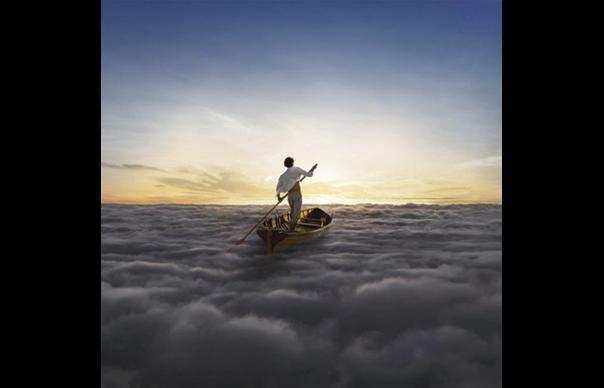To coincide with today's momentous news on David Gilmour's upcoming solo tour, I thought it a propitious moment to post my Uncut cover story from our issue dated November 2014, on the making of Pink Floyd's The Endless River... Follow me on Twitter @MichaelBonner ---------- Uncut, November 2014...
“If it hadn’t been for the leak, this wouldn’t exist yet,” acknowledges Andy Jackson in mid-August, while the waters of the Thames lap at the flanks of Astoria. “Still no-one knows where it came from. At that point, Warners and Sony knew about it and that increases the number of people massively. They don’t seem like the likely source, but it certainly wasn’t any of us within the inner circle.”
Polly Samson’s pre-emptive tweet on July 5 may have revealed this fresh twist in the Pink Floyd narrative earlier than intended, but all the same it reflected the band’s pervasive ability to adapt and survive. Historically, the band have reinvented themselves on many occasions: first, following Syd Barrett’s departure, then after the transitional, experimental run of albums in the late ’60s to mid-’70s, and again when Roger Waters left. With The Endless River, their 15th studio album, they’ve mutated once again; using elements of their past to find a place in the present day. Manzanera describes the record as having “that Pink Floyd slow groove, that if you’re in the right mood just washes through you”.
Certainly, across its four sides it focuses on the more atmospheric and digressive aspects of Pink Floyd’s music. From the guitar loops and snippets of conversation (“This is what we do, we turn up and we play”) at the start of the first side, on through Rick Wright’s improvised jams with Gilmour, it feels very much of a piece with the band’s cherished exploratory journeys. Manzanera flags up “the classic Farfisa, arpeggiated sound that to me is Pink Floyd, from ‘Arnold Layne’ right through Dark Side Of The Moon”, that runs through the second side. Side Three contains more typically articulate guitar work from Gilmour laid against delicate passages from Wright; as well as the Albert Hall organ recording. It all ends with “Louder Than Words”.
“It’s part documentary, this album,” notes Manzanera. “It captures a moment where they were jamming, but it also captures a bit of talking from interviews, and the Albert Hall.”
“Those guys, they’ve all been through so much,” offers Youth. “Addictions, broken marriages, the band collapsing, reinventing itself. Them coming together now has this air of redemption. It would have been wonderful if Rick had been alive to share in that. But nevertheless, to do this took a lot of courage, and emotional strength. If these guys can work together again and find the harmony out of discord, then anyone can. I found it very beautiful to bear witness to.”
“We had got into what one might call a professional way of making records,” reflects Nick Mason. “Never really suited to it. The thing of constructing a thing more carefully, having specific parts. But actually” – he adds, considering Wright’s work – “what’s great is when you’ve got musicians who just shine when they’re not given the part and are just allowed to be creative in their own right.”


